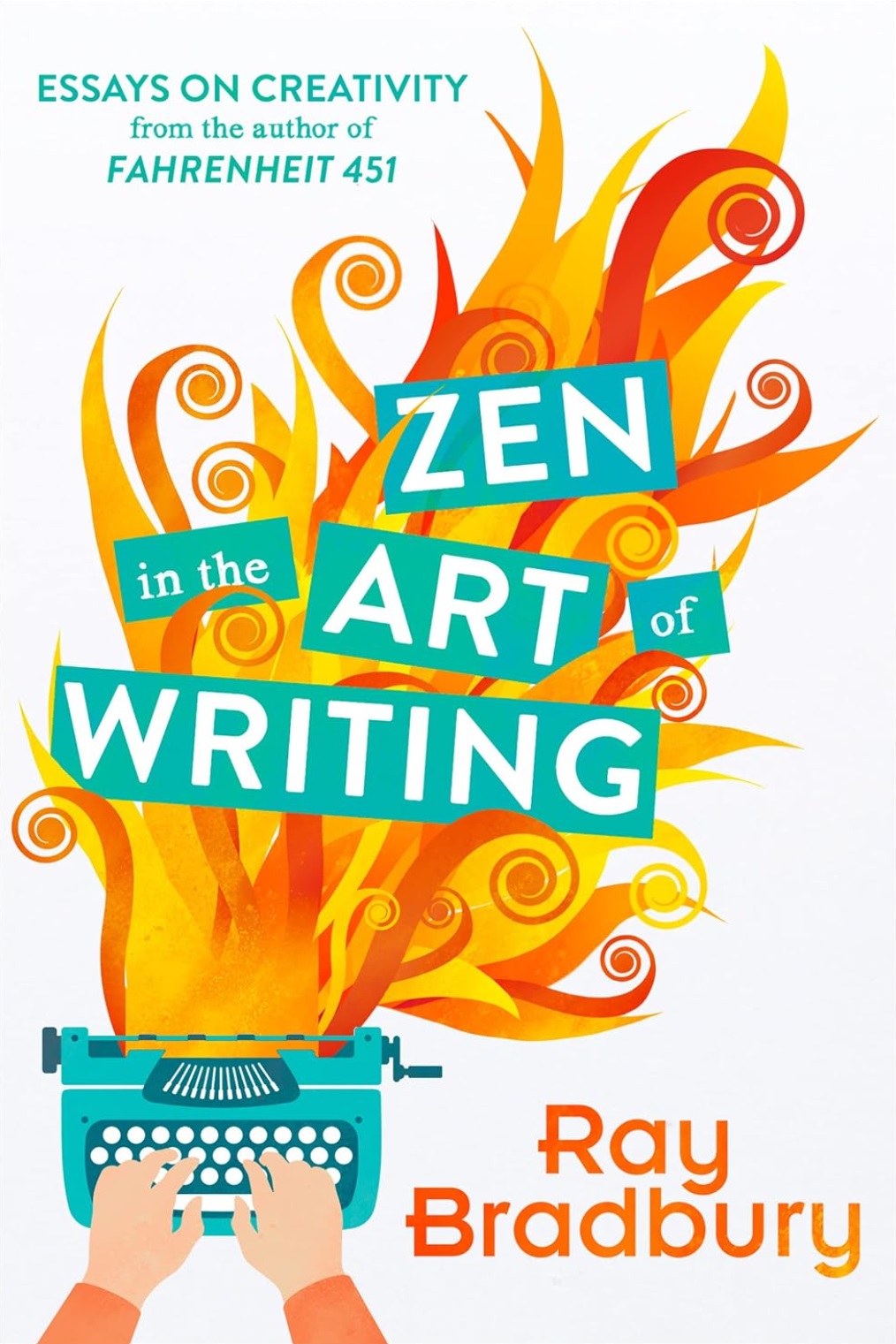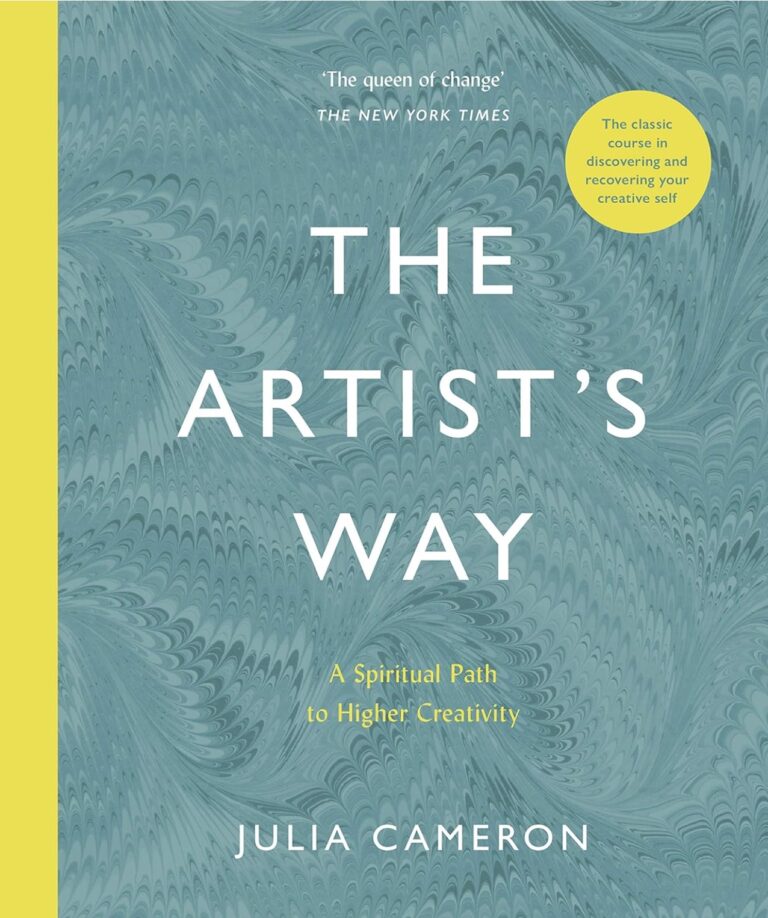As a Hucow story writer, one of the biggest challenges—and greatest rewards—is building a deep and lasting connection with your readers. I know this firsthand.
Engaging your audience is key, not just to building a fanbase but to ensuring that readers keep coming back for more. In the Hucow genre, which can be niche and unique, it’s even more essential to make sure readers feel heard and understood.
In this post, I’m going to explore everything I’ve learned about keeping readers engaged and growing a community around your stories.
By referencing a few of my past blog posts, I’ll offer some helpful insights into how you can do the same.
Table of Contents
ToggleListen to Your Readers
Hucow stories are intense, often mixing erotic tension with emotional and sometimes controversial themes. Understanding how to manage reader expectations and keep them invested is a vital part of storytelling.
In my Understanding What Readers Want post, I talk about the importance of analyzing reader reviews and trends. This is the foundation for building engaging narratives—knowing what your audience craves.
By paying attention to reviews, comments, and even social media feedback, you can adjust your storytelling in ways that resonate.
For example, you might notice that readers enjoy certain dynamics between your characters, or maybe they love when you emphasize certain themes like breeding or submission.
Handling Sensitive Topics with Care
As Hucow writers, many of us delve into themes that can push boundaries. Whether it’s writing about transformation, milking, or submission, these are topics that can make some readers uncomfortable, even as others love them.
In my blog post Handling Controversial Topics in Hucow Erotica, I share tips on how to navigate sensitive areas and respond to feedback with respect and care.
The key is balance. You don’t want to alienate your core audience, but you also don’t want to shy away from writing the stories you believe in. When dealing with controversial topics, be transparent about the themes in your book so that readers know what they’re getting into.
Also, pay attention to how your audience reacts—are there repeated concerns or praises in the feedback you’re receiving? This feedback can serve as your guide, helping you refine your approach while maintaining your creative integrity.
For example, I once wrote a scene that involved a more intense power dynamic than usual, and while most readers enjoyed it, a small group felt it crossed a line.
Instead of dismissing their concerns, I used this feedback to explore how I could push boundaries while still keeping readers comfortable and engaged. It taught me how to strike a balance between tension and emotional depth.
The Power of Social Media for Reader Interaction
Social media is a powerful tool for any author, but it’s especially crucial for niche genres like Hucow fiction. Engaging with readers on platforms like Facebook, Instagram, or Twitter allows you to gather direct feedback, answer questions, and build a loyal following.
In my post Encouraging Reader Interaction via Social Media, I talk about how using these platforms effectively can help you keep your readers involved and invested in your stories.
When you engage with your readers on social media, you’re creating a direct line of communication that lets them feel seen.
This can be as simple as posting updates on your writing progress or as involved as hosting live Q&A sessions where readers can ask you about your characters, plots, or future stories.
One thing I’ve found effective is creating polls where readers can weigh in on potential story ideas—this helps them feel part of the process, and they’re more likely to stay invested in the final product.
Building a Community Around Your Stories
When I first started writing Hucow stories, I didn’t realize how important it was to have a community of engaged readers who felt personally connected to my books.
It’s not just about posting stories—it’s about building a space where readers can come together, discuss your books, and even anticipate your next release.
In my post Building a Community Around Your Stories, I dive into how you can create that sense of belonging for your readers.
The best way to do this is through consistent communication and interaction. Start a Facebook group or a newsletter where readers can feel like they’re part of an exclusive community.
Share behind-the-scenes content, character sketches, or even early chapter releases. You’d be surprised at how much readers appreciate these little insights into your creative process.
Incorporating Reader Requests Into Your Stories
One of the biggest surprises for me was learning how much my readers’ ideas could improve my stories. When I wrote my post Incorporating Reader Requests into Your Story, I was in the middle of planning a new Hucow series, and I decided to ask my readers for feedback.
To my surprise, their ideas were amazing, and I ended up weaving several of them into the plot. This not only made the story better, but it also made my readers feel valued, and they were excited to see their suggestions come to life on the page.
Incorporating reader requests can be tricky, though. You want to make sure that you’re staying true to your vision while still making your readers feel heard. One way to balance this is by finding a middle ground—take their suggestions as inspiration and find ways to blend them with your original ideas.
Not every reader request needs to be a major plot point, but even small nods to their ideas can go a long way in keeping them engaged.
Keep Readers Invested with Emotional Hooks
Readers don’t just stick around for the erotic content—they want to feel emotionally invested in your characters and their journeys.
In my post Keep Readers Invested with Emotional Hooks, I break down how to create those connections that keep readers turning the pages, long after the steamy scenes have ended.
It’s all about using emotional tension and growth to hook your audience and make them care about what happens next.
A great way to do this is by focusing on your characters’ internal struggles. Show how they evolve emotionally, from resisting change to embracing it. This is especially important in Hucow fiction, where transformation is often a central theme.
By giving your readers a glimpse into the character’s emotional journey, you keep them hooked not just on the plot, but on the characters themselves.
Wrapping Up
Engaging your readers isn’t just about writing great stories—it’s about creating a connection with your audience that goes beyond the page. Whether it’s through social media interaction, incorporating their feedback, or building emotional depth into your stories, there are countless ways to keep your readers coming back for more.
By understanding what your readers want, handling sensitive topics with care, and creating a community where they feel valued, you can build a loyal fanbase that will support your work for years to come. Use the techniques in this post to build stronger relationships with your readers and keep them excited about every new Hucow story you write.
Let’s keep your audience hooked and excited for your next release!
References
If you wish to learn more about the topics I covered in this article, please refer to the following blog posts on this website:































